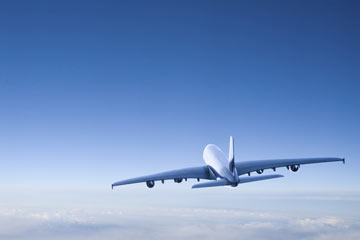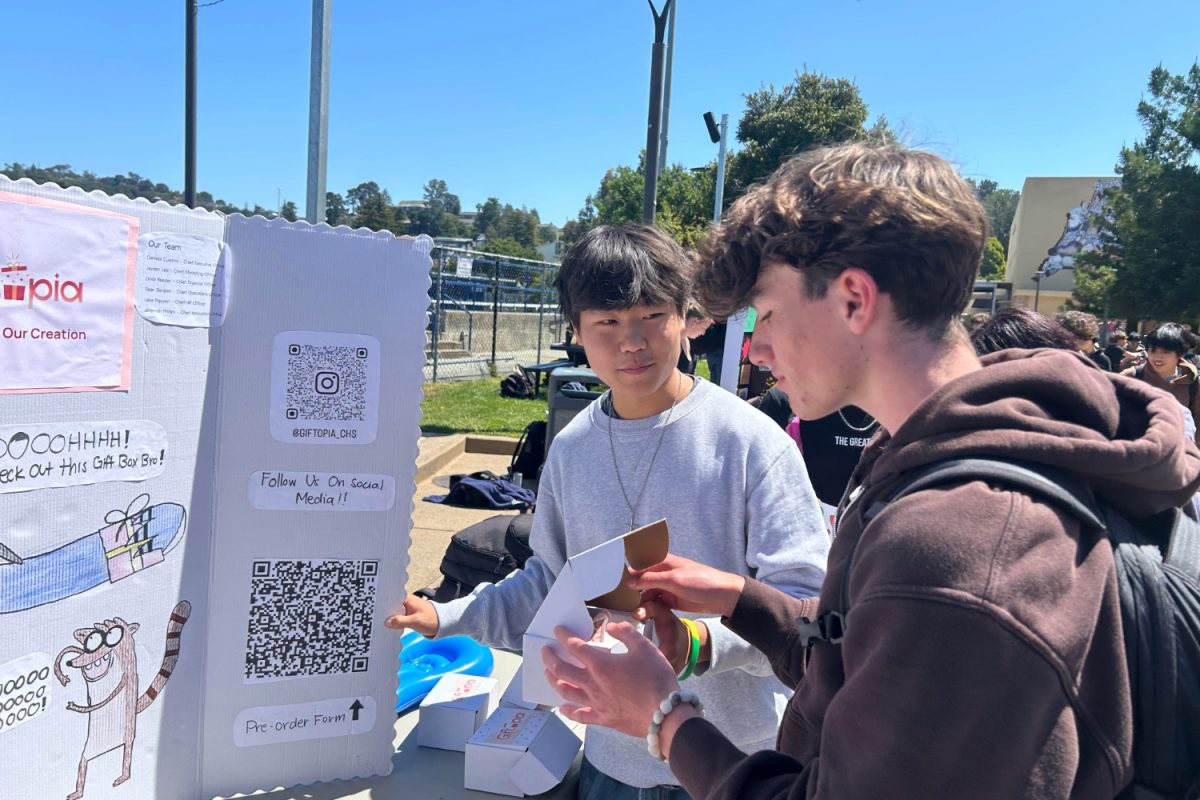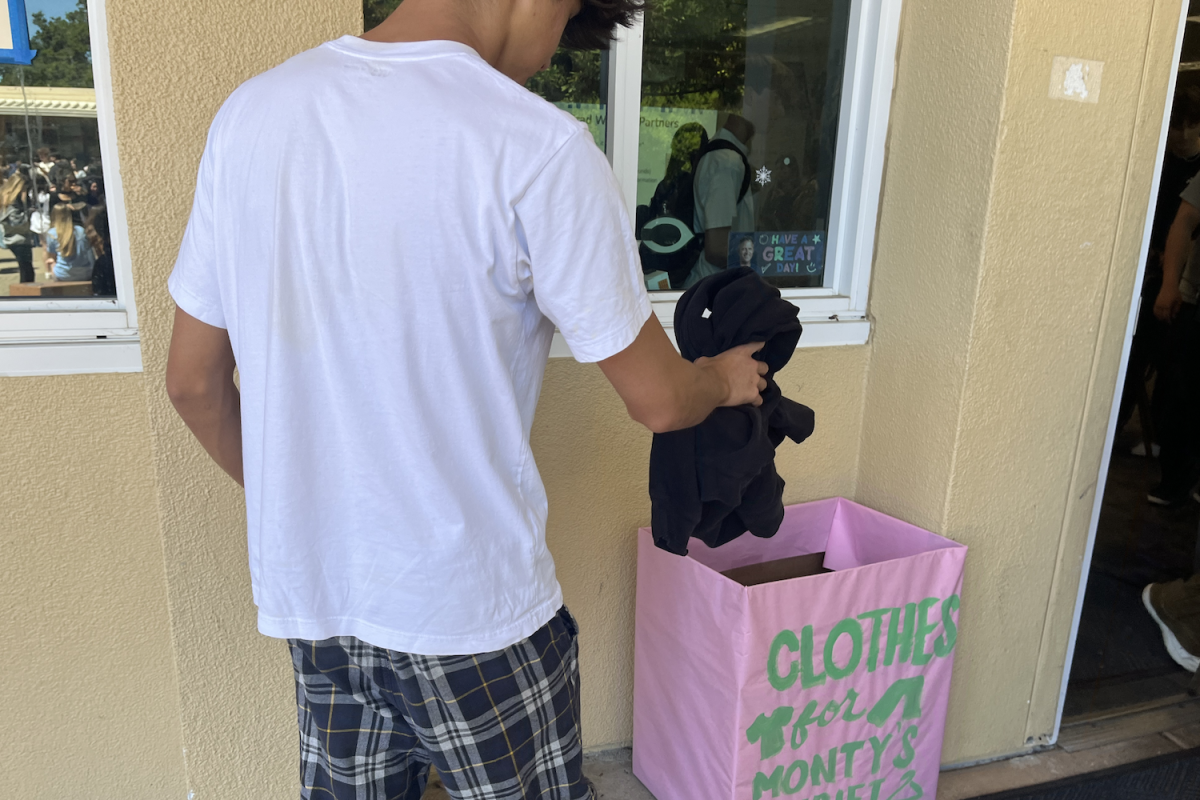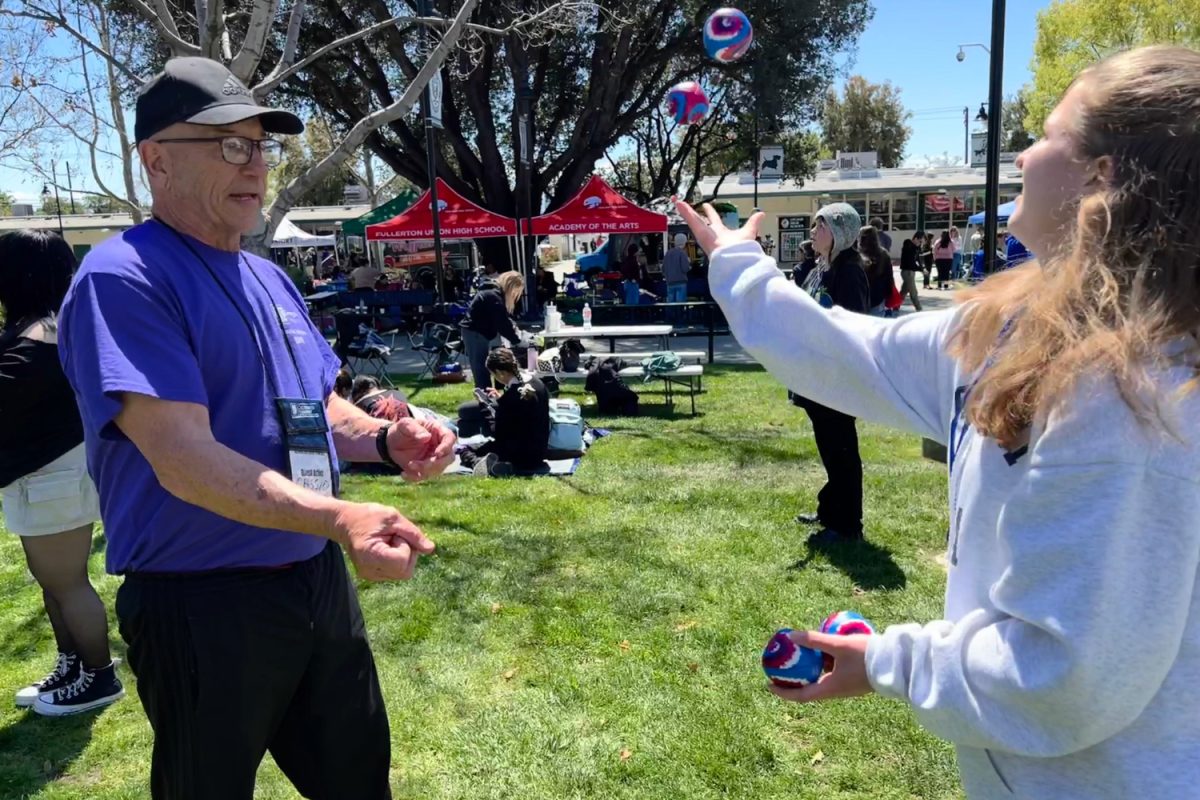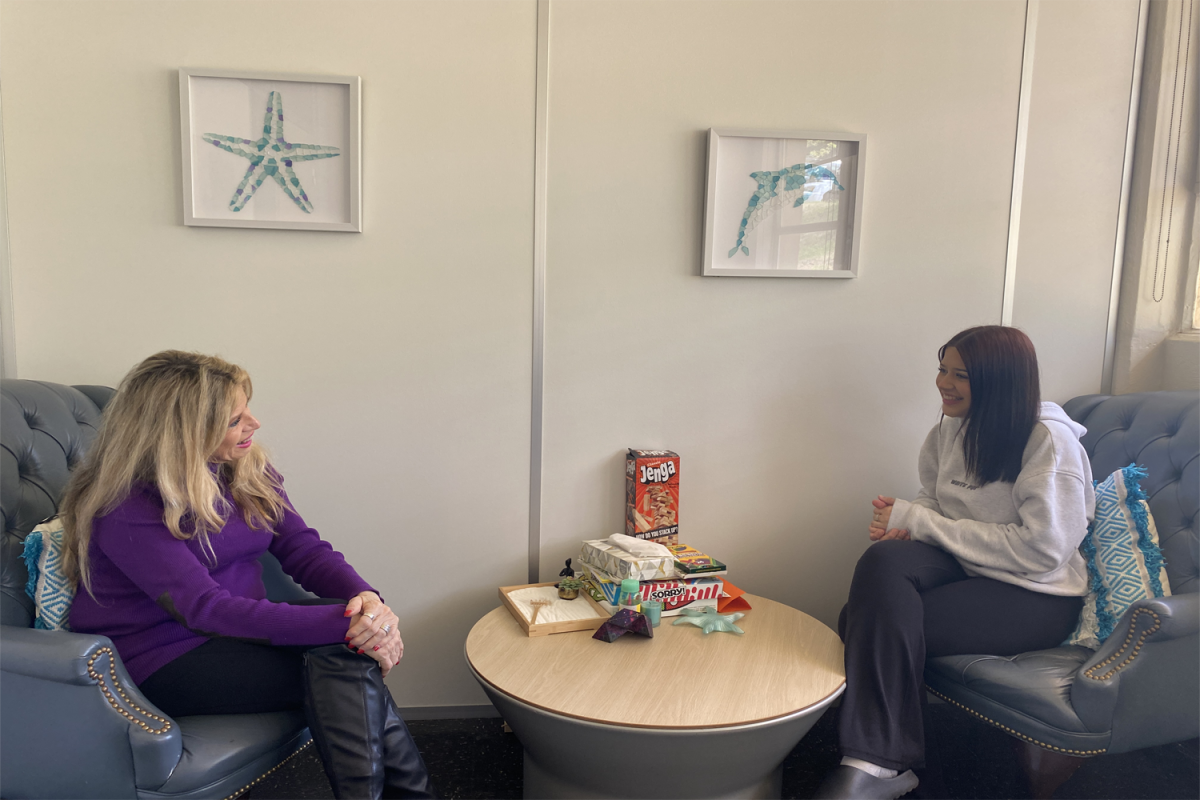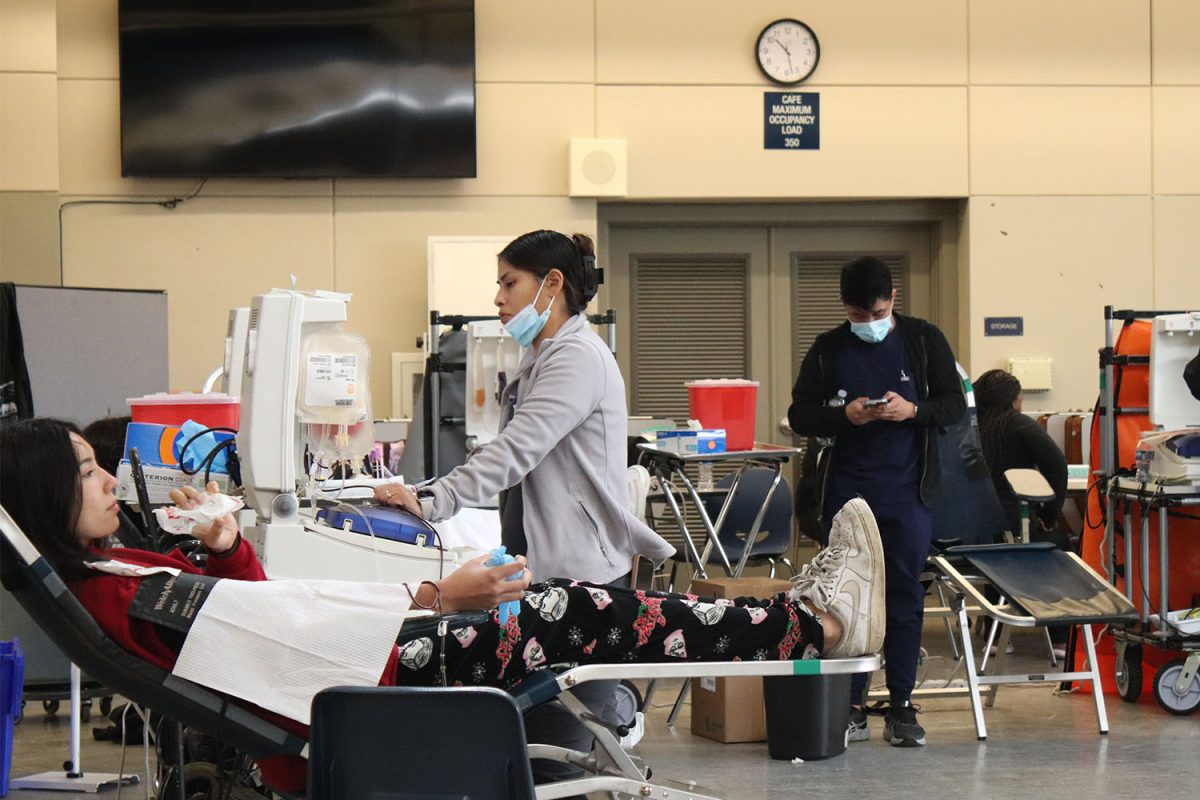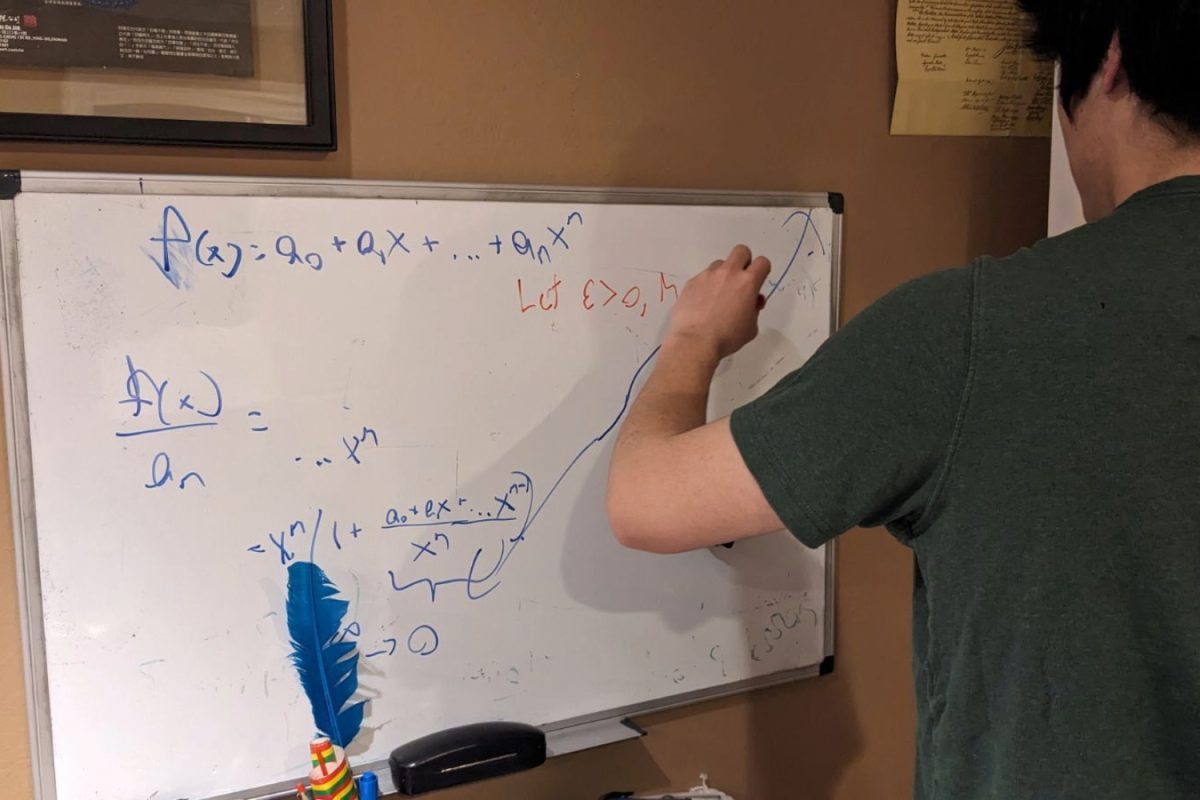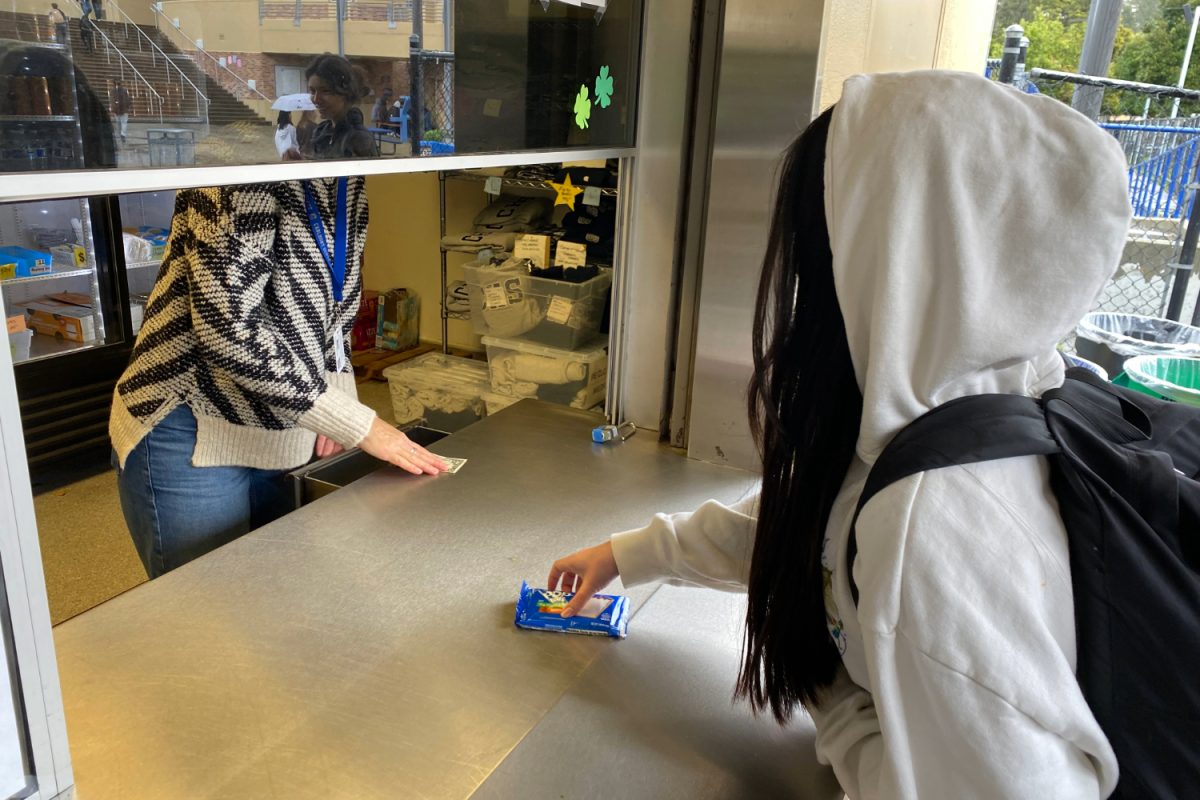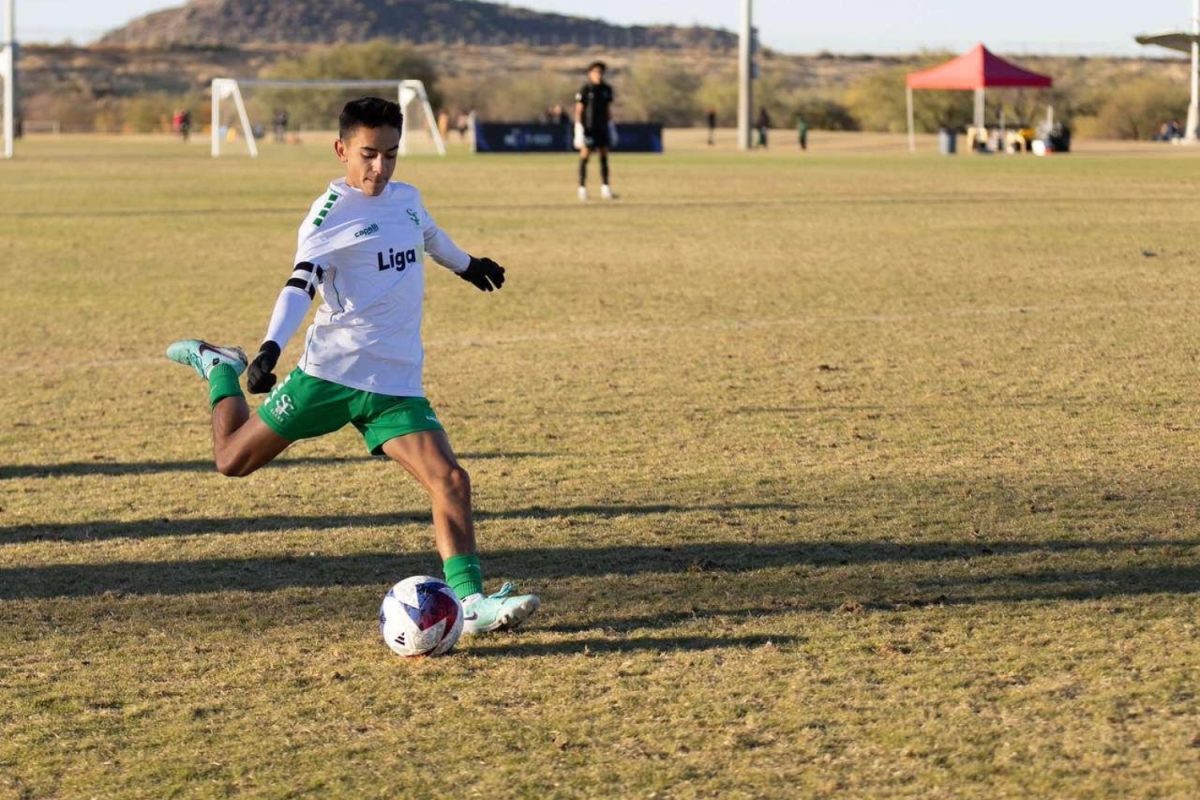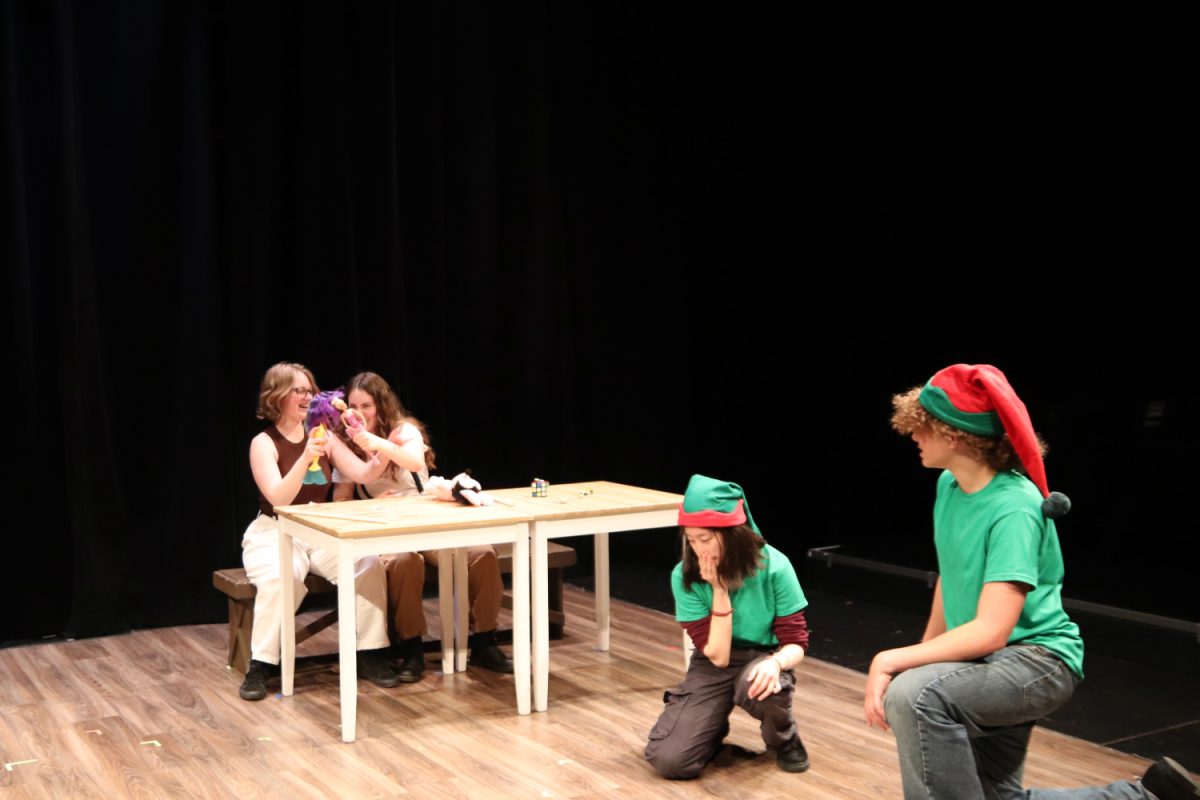As children, we are always told to chase our dreams, but some of us are more determined for achievement than others.
Sophomore Connor Abernathy recently experienced his lifelong dream of flying his first solo flight, soaring out of the San Carlos Airport.
“As a kid, I loved watching planes fly in and out of San Francisco,” said Abernathy. “I decided that I wanted to do that too.”
Beginning with groundwork lessons at age 15, Abernathy studied concepts such as weather and aircraft mechanics.
“I started with all the groundwork material, and then I finally got to go into the air,” he said.
His official flying lessons began about six months ago, after Abernathy turned 16. He described his first take off as “incredible,” finally being able to enter the trafficless skies.
“The great thing about flying is that it’s very open. There’s so much space,” Abernathy commented.
According to The Federal Aviation Administration (FAA), the same variables that affect the cost of learning to fly will affect the time it takes to earn a certificate. The FAA has established the minimum number of flight hours needed to obtain a certificate.
Under Part 61 of the federal aviation regulations, the minimums are 20 hours for a sport pilot certificate, 30 hours for a recreational certificate, and 40 hours for a private pilot certificate. Some schools operate under an alternate regulation, Part 141, which provides more FAA oversight, more rigid schedules, and more paperwork.
The added requirements allow them to reduce the minimum hours of private pilot training to 35 hours. However, many schools believe that a true average flight training time for a private pilot is between 50 and 60 hours, whether the school operates under Part 61 or Part 141. Others believe that 68 to 70 hours is the more likely average. These flight hours can be spread over a time span of several months to a year or more.
Not long ago, the young student pilot-in-training followed these guidelines and completed his first solo flight without an instructor guiding him through the experience.
“It was amazing. I know now that I love flying and it really has become a passion of mine,” he said.
According to the Federal Aviation Foundation, one is eligible to fly solo only if:
– You are at least 16 years old.
– You can read, speak, and understand English.
– You hold at least a current third-class medical certificate.
Abernathy eventually hopes to get his pilot license after turning 17 and perhaps pursue a career in flying.

